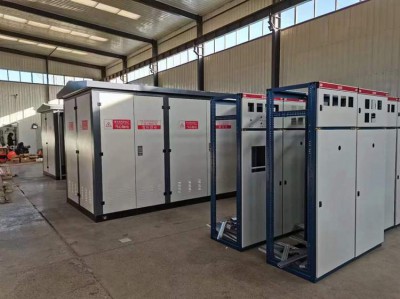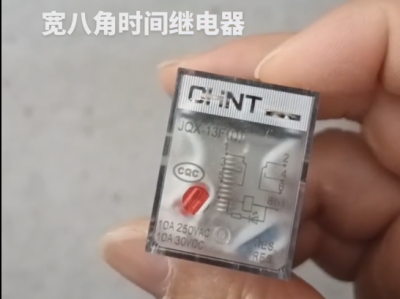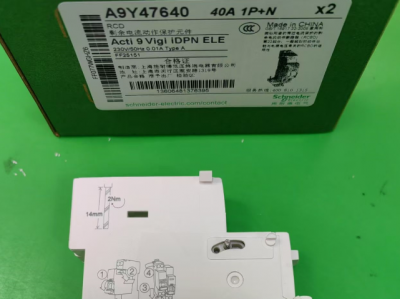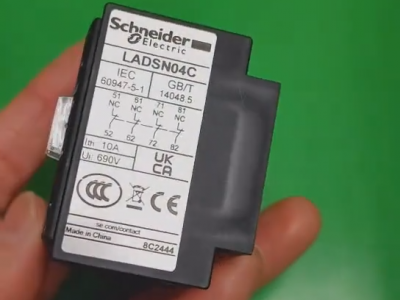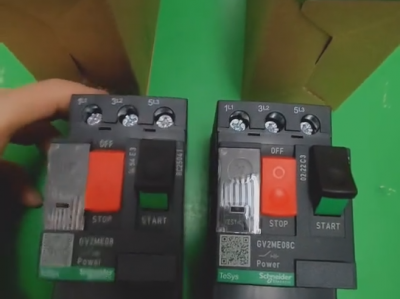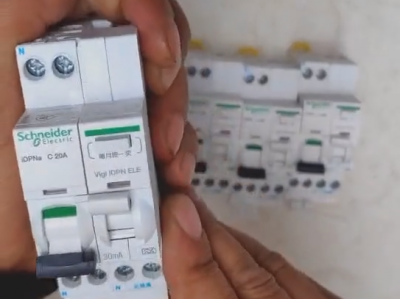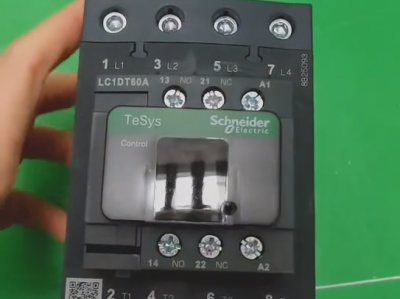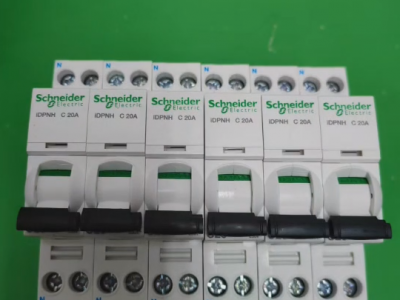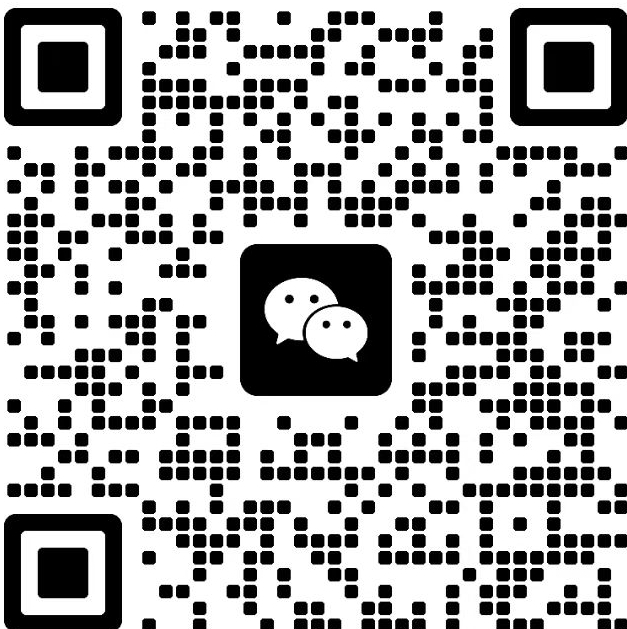CHINT-NC1-4011 Contactor
Product description
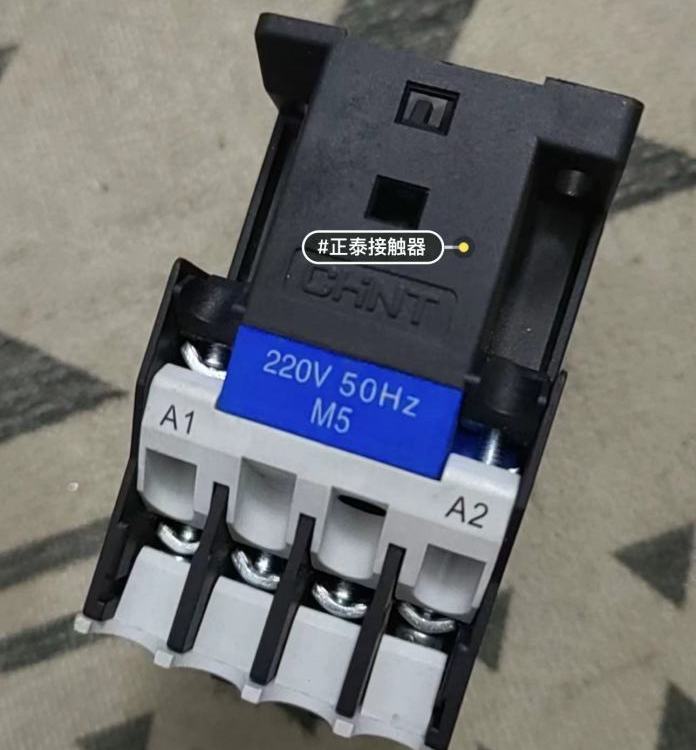 CHINT-NC1-4011 is an **AC contactor** launched by CHINT Electric Appliance. It is mainly used to control the start and stop, forward and reverse rotation of motors and the on-off of other electrical loads in industrial circuits. The following are its detailed technical parameters, application scenarios and usage precautions:
CHINT-NC1-4011 is an **AC contactor** launched by CHINT Electric Appliance. It is mainly used to control the start and stop, forward and reverse rotation of motors and the on-off of other electrical loads in industrial circuits. The following are its detailed technical parameters, application scenarios and usage precautions:
I. Core Technical Parameters
1. **Rated Current**:
- **AC-3 Usage Category** (Motor Control): 40A, suitable for three-phase asynchronous motors with a power ≤ 18.5kW (such as under a voltage of 380V).
- **AC-1 Usage Category** (Non-inductive or Slightly Inductive Load): 60A, which can be used for non-motor loads such as resistance furnaces and lamps.
2. **Coil Voltage**:
- It supports a variety of AC and DC voltage specifications, including **AC 24V/36V/110V/220V/380V/415V** and **DC 24V/220V** (For example, the suffix "Z" in the model indicates a DC coil, such as NC1-4011Z).
3. **Contact Configuration**: YouTube:https://youtube.com/shorts/AjBqyQA9zEs
- **Main Contacts**: 3 normally open (NO), used to connect the main circuit.
- **Auxiliary Contacts**: 1 normally open (NO) + 1 normally closed (NC), used for signal feedback or interlocking in the control loop.
4. **Protection Level**: IP20 (Prevents fingers from coming into contact with internal live parts).
5. **Certification Standards**: It complies with **IEC 60947-4-1** (International Electrotechnical Commission Standard) and **GB 14048.4** (Chinese National Standard), and has passed the CCC certification.
II. Typical Application Scenarios
1. **Motor Control**:
- Widely used for the start and stop control of industrial equipment (such as fans, pumps, compressors), and supports frequent operation (the mechanical life can reach more than 10 million times).
- It needs to be used in conjunction with a **thermal relay** (such as the NR2 series) to achieve overload protection, or used in combination with a **fuse** to achieve short-circuit protection.
2. **Electrical Load Switching**:
- It can control non-motor loads such as resistance furnaces and capacitor banks, but attention should be paid to the current limit of the AC-1 category.
3. **Automation Systems**:
- Control its coil through a PLC or a relay to achieve remote automated control.
III. Installation and Wiring Guidelines
1. **Installation Methods**:
- **Screw Installation**: Use M4 or M5 screws to fix the base of the contactor.
- **Rail Installation**: It supports the 35mm standard DIN rail (It is necessary to confirm whether the model is compatible).
2. **Wiring Steps**:
- **Main Circuit**: Connect the three-phase power supply (L1/L2/L3) to the inlet terminal of the main contacts of the contactor, and connect the load (such as a motor) to the outlet terminal.
- **Control Circuit**: According to the type of coil voltage, connect the control signal (such as the output of a PLC) to the coil terminals (A1/A2). For example, for an AC 220V coil, it is necessary to connect the phase wire (L) and the neutral wire (N).
- **Auxiliary Contacts**: The normally open/normally closed contacts can be used for signal feedback or interlocking control (such as interlocking in the forward and reverse rotation circuit).
3. **Precautions**:
- Be sure to cut off the power supply before wiring to avoid the risk of electric shock.
- Ensure that the current in the main circuit does not exceed the rated value, otherwise it may cause the contacts to be ablated.
- Check whether the coil voltage matches the actual power supply to prevent the coil from burning out.
IV. Selection and Maintenance Suggestions
1. **Selection Key Points**:
- Select the corresponding usage category (AC-3/AC-1) according to the load type (motor/resistance load).
- Confirm that the coil voltage is consistent with the control circuit voltage (such as for DC 24V, the NC1-4011Z model needs to be selected).
- If it is necessary to expand the auxiliary contacts, it can be equipped with an **auxiliary contact group** (such as F4-22).
2. **Maintenance and Fault Troubleshooting**:
- **Regular Inspection**: Clean the oxide on the surface of the contacts to ensure that the connections are tight.
- **Common Faults**:
- **The Coil Does Not Pull In**: Check whether the coil voltage, control signal and wiring are normal.
- **Contact Adhesion**: It may be caused by overload or short circuit, and the contacts or the contactor need to be replaced.
- **Abnormal Noise**: Check whether there is foreign matter in the iron core or whether the spring is fatigued.
V. Comparison of Related Models
| Model | Rated Current | Auxiliary Contacts | Coil Voltage | Application Scenarios |
| NC1-4011 | 40A | 1NO+1NC | AC 24V~415V | Standard Motor Control |
| NC1-4011Z | 40A | 1NO+1NC | DC 24V/220V | DC Control Circuit |
| NC1-5011 | 50A | 1NO+1NC | AC 220V/380V | High-power Motors (such as 22kW) |
VI. Purchase and Alternative Solutions
- **Purchase Channels**: It can be purchased through CHINT's official distributors, industrial product e-commerce platforms (such as Suning Tesco, JD.com) or international suppliers (such as Kempston Controls).
- **Alternative Models**: If the NC1-4011 is out of stock, you can consider **CJX2-4011** (compatible with Schneider's LC1-D40 series) or **ABB T4E** series contactors, but pay attention to the compatibility of the coil voltage and installation size.
For more detailed technical manuals or installation drawings, you can visit the official website of CHINT Electric Appliance or contact its technical support department.

